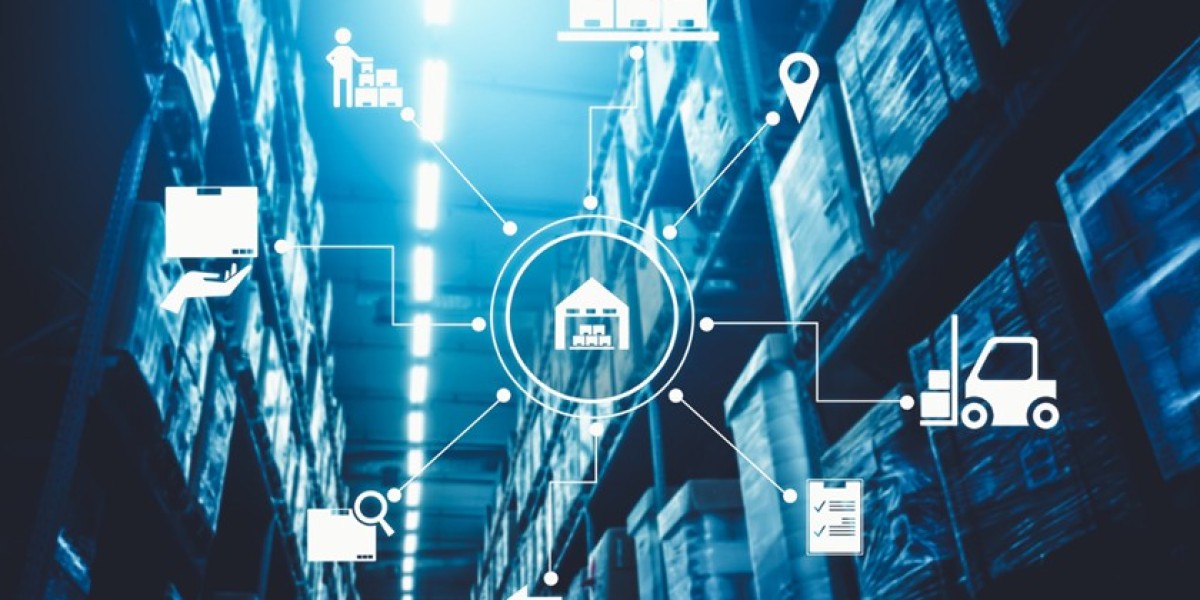In 2025, warehouse robotics are no longer futuristic — they are foundational. Across global logistics networks, automation is reshaping how inventory moves, how labor is allocated, and how performance is measured. The latest supply chain news shows that companies are setting new productivity benchmarks as robotics, AI, and real-time analytics converge inside the modern warehouse.
From collaborative robots that work alongside humans to autonomous systems orchestrating entire facilities, the warehouse has become the front line of supply chain innovation.
1. The Rise of the Autonomous Warehouse
The post-pandemic surge in e-commerce, combined with chronic labor shortages, has accelerated the shift toward fully autonomous warehouse operations.
AMRs and AGVs Take Over Repetitive Tasks: Autonomous mobile robots (AMRs) and automated guided vehicles (AGVs) are handling picking, pallet transport, and replenishment with minimal human supervision.
Automated Storage and Retrieval Systems (AS/RS): High-density automated racking systems maximize space and throughput while reducing manual handling.
AI-Orchestrated Workflows: Artificial intelligence allocates tasks, optimizes routing, and learns from past operations to continuously improve efficiency.
According to recent supply chain news, global warehouse automation investment is projected to exceed $70 billion by 2030, as companies seek to offset labor constraints and meet rising customer expectations for speed and accuracy.
2. Productivity Benchmarks Are Being Redefined
Traditional productivity metrics like units-per-hour and cost-per-pick are being replaced by new performance standards driven by data and robotics.
Throughput Optimization: Warehouses using robotics report throughput improvements of 25–40%, depending on facility size and workflow complexity.
Labor Efficiency: Hybrid operations — where humans supervise multiple robots — deliver 10–20% productivity gains with lower fatigue rates.
Cycle Time Reduction: Real-time routing and predictive task assignment are cutting order cycle times by up to 30%.
The latest supply chain news shows that automation leaders are not only achieving higher output — they’re also redefining what operational excellence looks like in high-velocity fulfillment environments.
3. Human-Robot Collaboration Becomes the New Standard
The future of warehouse work isn’t human or robotic — it’s both. Collaborative robotics (cobots) are augmenting, not replacing, human labor.
Dynamic Work Allocation: Robots handle heavy lifting and repetitive motions, while humans focus on quality control and exception handling.
Safety Enhancements: Sensor-driven cobots reduce accident risks by maintaining safe proximity and adapting to worker movement.
Training Evolution: Companies are retraining warehouse workers as robot operators and data technicians, shifting roles from manual execution to system oversight.
As highlighted in supply chain news, human-robot teams are emerging as a productivity multiplier — improving accuracy, morale, and retention simultaneously.
4. AI-Driven Visibility and Predictive Maintenance
AI and predictive analytics are taking robotics beyond task execution to full-system optimization.
Predictive Maintenance: AI systems monitor vibration, battery health, and performance data to anticipate equipment failures before they occur.
Operational Forecasting: Analytics engines forecast labor and robot utilization, enabling real-time workload balancing.
Digital Twins: Virtual models simulate entire warehouse environments, allowing managers to test layout changes and automation scenarios before physical rollout.
Recent supply chain news confirms that AI-powered visibility tools are helping warehouse operators move from reactive management to continuous improvement cycles — maximizing uptime and ROI.
5. Sustainability and Energy Efficiency Gains
Warehouse robotics are not just improving productivity; they are advancing sustainability goals as well.
Smarter Energy Use: Automated systems run on electric power with intelligent scheduling to minimize peak-hour energy consumption.
Reduced Waste: AI-guided picking accuracy lowers packaging waste and returns.
Optimized Space Utilization: High-density robotic storage systems reduce the need for new warehouse construction.
According to supply chain news, logistics firms adopting robotics report up to 15% lower energy costs and measurable reductions in carbon emissions — a growing priority under global ESG reporting standards.
6. Barriers to Adoption Are Shrinking
The early cost and complexity of warehouse automation once limited adoption to large enterprises. That’s changing rapidly.
Modular Robotics: Scalable systems allow smaller facilities to automate incrementally.
Robotics-as-a-Service (RaaS): Subscription-based models eliminate high upfront costs and enable flexible scaling.
Simplified Integration: Cloud-based control systems and open APIs connect robotics with warehouse management systems (WMS) in days, not months.
The latest supply chain news reports that more than half of mid-sized logistics providers now plan to deploy some form of robotics by 2026, signaling a shift toward democratized automation.
7. Competitive Advantage Through Orchestration
The next wave of warehouse innovation lies in orchestration — using AI to coordinate multiple robotic systems and human teams simultaneously.
Multi-Agent Coordination: AI “control towers” assign tasks dynamically across fleets of robots based on real-time priorities.
Cross-Functional Integration: Robotics systems are now syncing with transportation and inventory platforms to optimize end-to-end flows.
Continuous Learning: Machine learning models refine algorithms using historical performance data, adapting to seasonal patterns and product mix changes.
As seen in supply chain news, this orchestration layer transforms automation from a set of tools into an intelligent ecosystem — capable of adapting autonomously to fluctuating demand and resource constraints.
Strategic Takeaways for Supply Chain Leaders
From the latest supply chain news, seven key imperatives emerge for executives accelerating warehouse robotics adoption:
Start small but integrate smart — adopt modular, connected automation solutions.
Redefine KPIs to focus on throughput, uptime, and efficiency rather than labor alone.
Invest in workforce reskilling to align human expertise with automation oversight.
Use predictive analytics to maximize robot uptime and operational efficiency.
Integrate robotics data into WMS, TMS, and ERP systems for end-to-end visibility.
Link automation goals to sustainability and energy efficiency outcomes.
Adopt orchestration platforms to manage complex, multi-robot environments at scale.
Conclusion
The latest supply chain news makes it clear: warehouse robotics are no longer just about automation — they’re about transformation. In 2025, warehouses are evolving into intelligent, self-optimizing systems that set new productivity, sustainability, and agility benchmarks for the entire supply chain.
As robotics, AI, and predictive analytics mature together, the competitive gap between automated and non-automated facilities will only widen. The companies that embrace robotic orchestration today will define the performance standards of tomorrow’s logistics networks.








